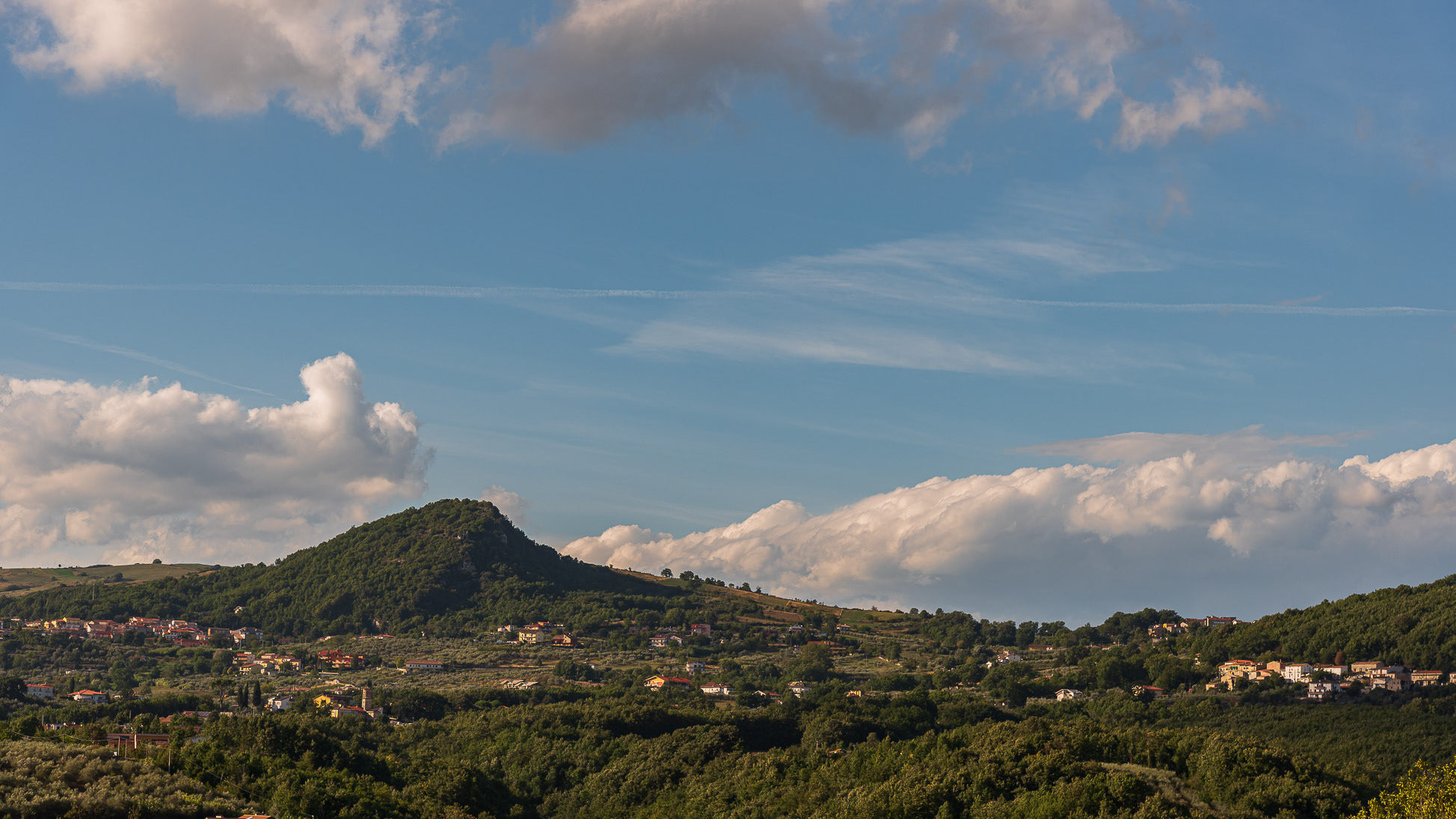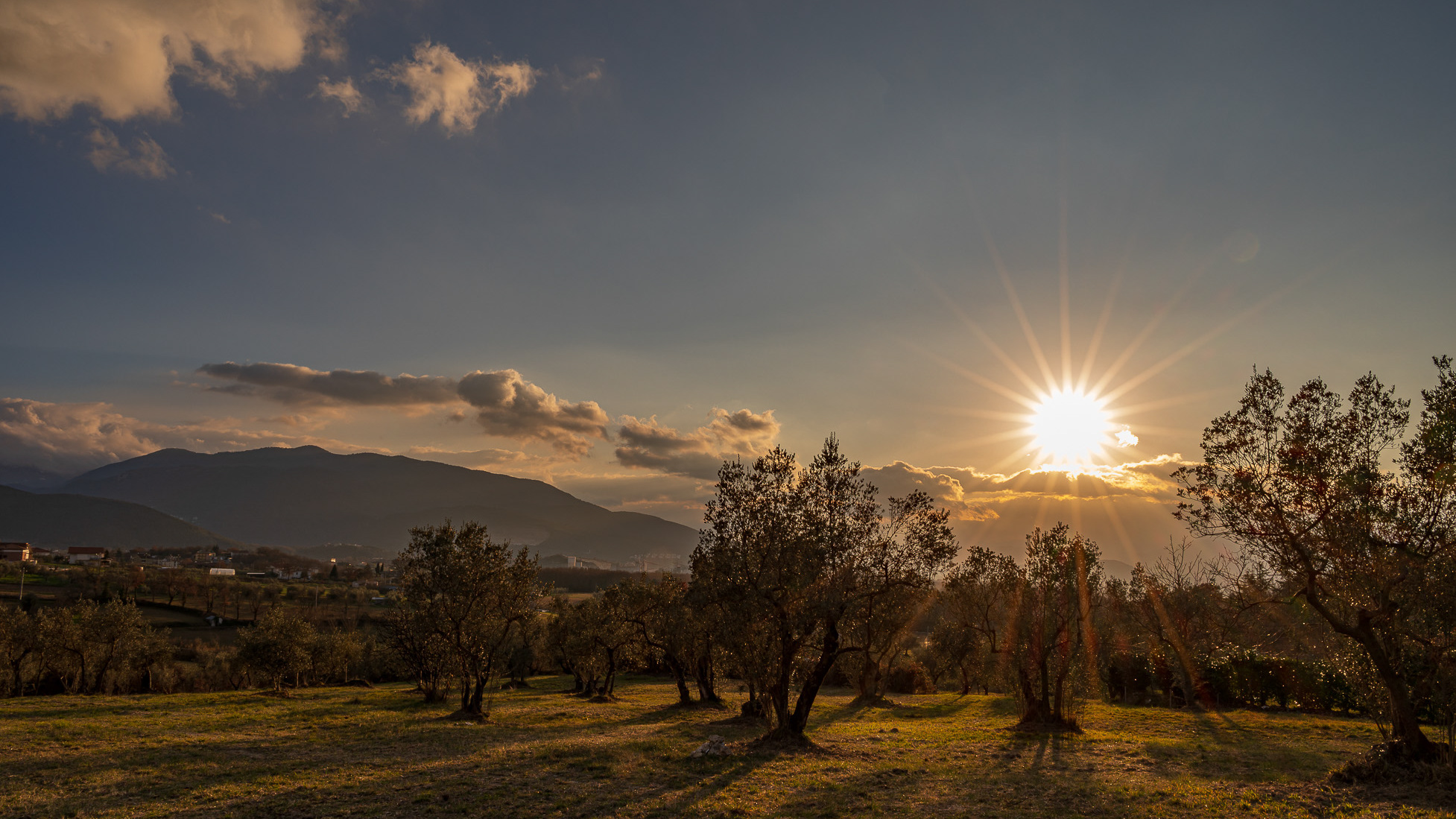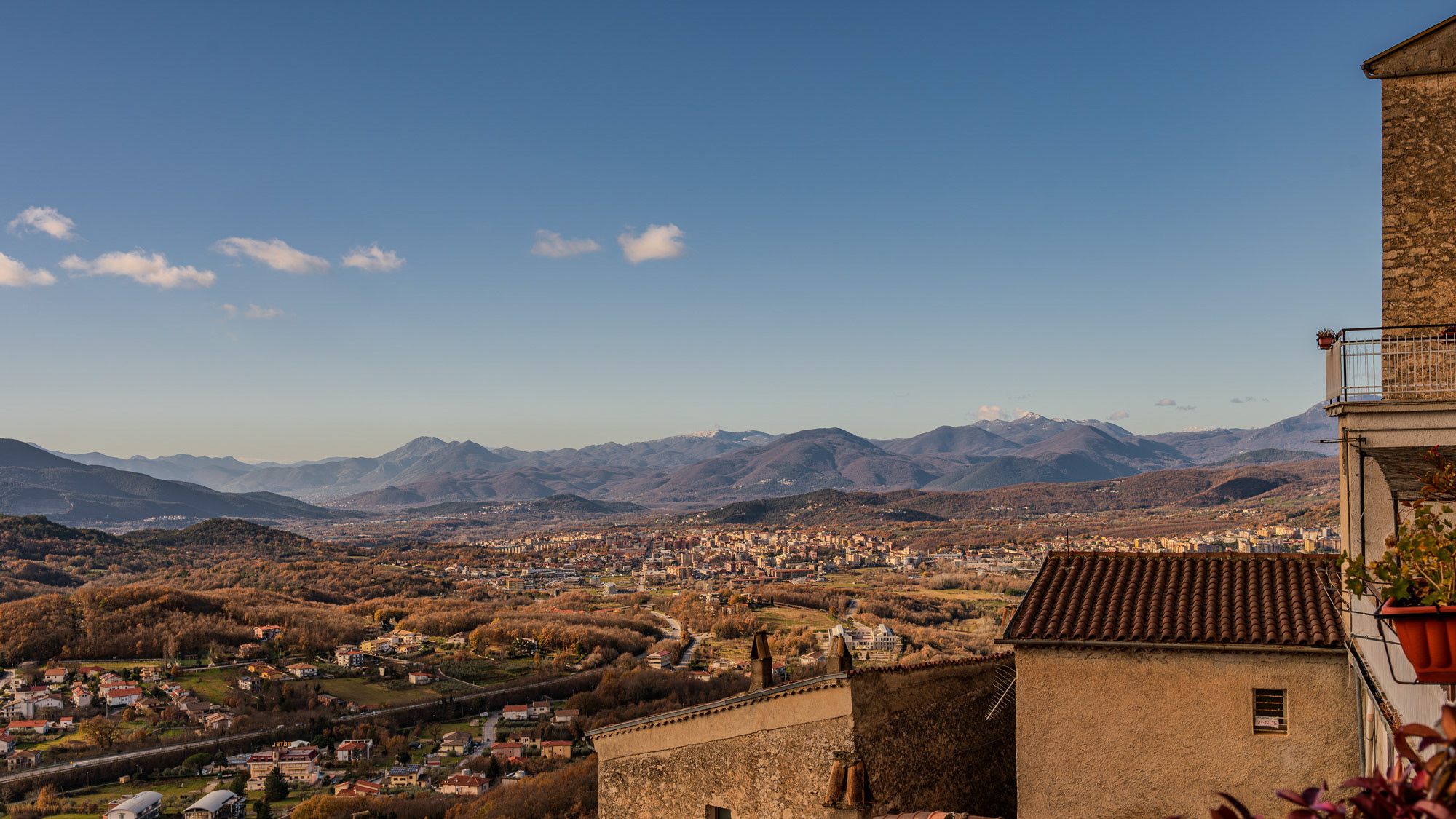Molise - Abbazia di San Vincenzo al Volturno (IS)
2014
L'abbazia di San Vincenzo al Volturno è una storica abbazia benedettina posta nel territorio dei comuni di Castel San Vincenzo e di Rocchetta a Volturno in Provincia di Isernia, nell'Alta Valle del Volturno
You may also like
2025
The Guardialfiera or Liscione lake

2022
Molise, Italy. Glimpses of summer
Molise is an Italian mountainous region with a stretch of coast overlooking the Adriatic Sea. It includes a part of the Abruzzo National Park in the Apennine mountain range, with a rich wildlife.

2023
Macchia d’Isernia. Church of San Nicola di Bari.
The church is located in the center of the village and dates back to the 14th century. it was restored in 1780, and dedicated to San Nicola di Bari in homage to Nicola d'Alena.
2022
Rocchetta a Volturno. Winter 2022
Rocchetta a Volturno is an Italian town of 1 098 inhabitants in the province of Isernia in Molise. The Municipality of Rocchetta al Volturno is made up of two nuclei: the original village, called Rocchetta Alta, or Rocchetta Vecchia, still perched in a defensive position on the mountain, and Rocchetta Nuova, which is located at a lower altitude. The new Rocchetta was born because, at the end of the 19th century, the slope that connected the southern part of the ancient town with the opposite hill was deforested and the land began to show serious subsidence from 1890 due to the progressive sliding of the superimposed layers of clay and sandstone, increased by water infiltrations, both rain and spring. In 1905, following further disastrous events, the population moved for the most part downstream, where there was a hamlet called Case Sparse. The modern town is developed today in the center of a plateau, bordered to the west by the terminal part of the Mainarde chain and to the east by a depression, at the bottom of which the Volturno flows; about two kilometers away are the sources of the river. Its name characterizes the toponyms of other nearby municipalities such as Colli a Volturno and Cerro al Volturno.

2010
Sepino (CB) - Saepinum

2023
Spectacular photographs of sunsets in Molise
Molise is an Italian region with a stretch of coast overlooking the Adriatic Sea. It includes a part of the Abruzzo National Park in the Appennine mountain range, with a rich wildlife and trails.

2025
Isernia. View from Pesche
2025
Monteroduni. The Pignatelli Castle
Pignatelli Castle dates back to the 18th century, when the Lombards erected a small fort, with the chapel of San Michele, their patron saint, now the parish church of the town.

2023
Castelpetroso. The places of the Apparition
2023
Castelpetroso, The Sanctuary. Via Matris
